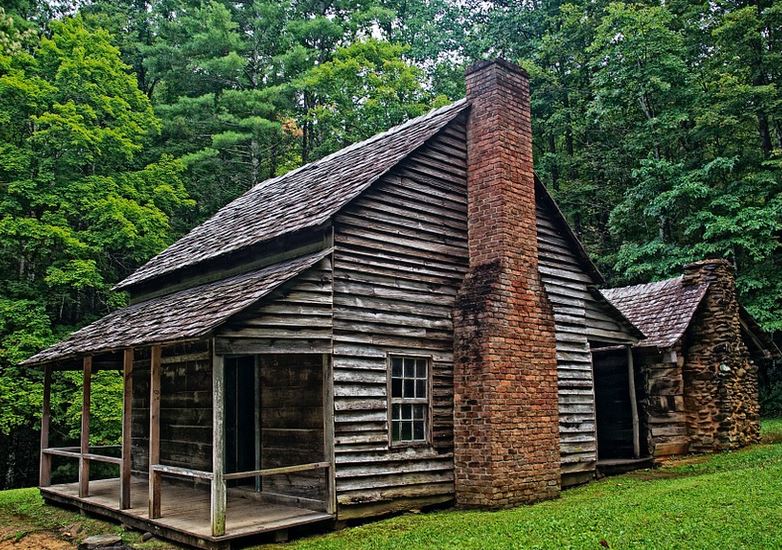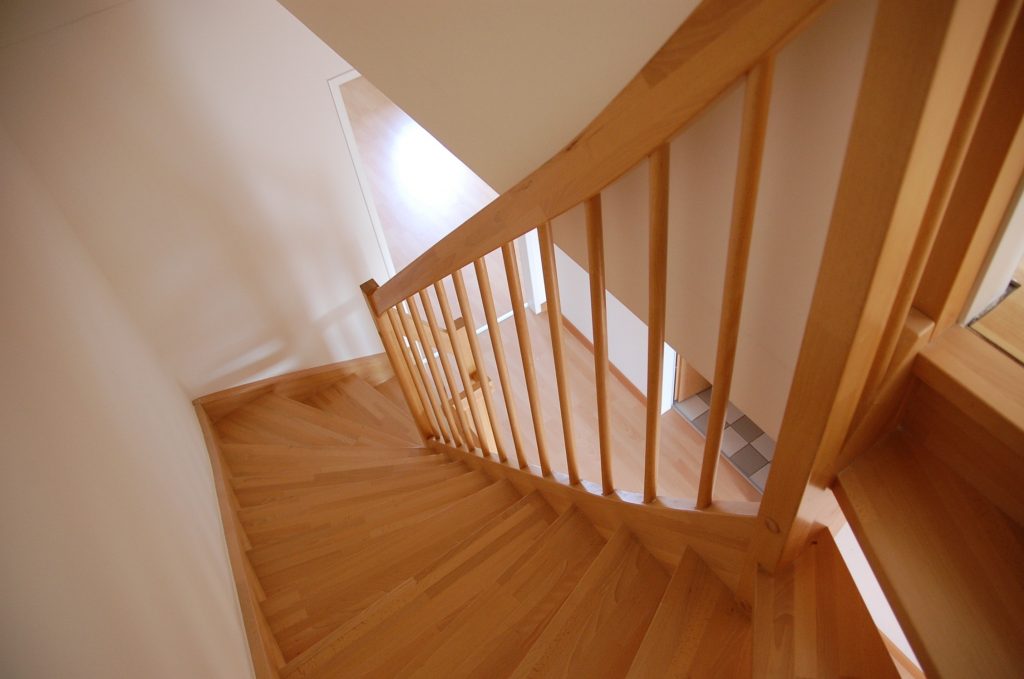Sometimes you might want to break away from the monotonous environment and have something unique. You might also be an old soul that fancies vintage styles. With a modern twist, a spark from history emerges. The term “retro” describes this look.
Retro design is a mash-up of traditional style and modern shapes, with antique finishes. It incorporates a spectrum of design elements, colors, and patterns. A comprehensive combination of bright shades, dark, dull neutrals might be your color palette. Retro styles are used for farmhouse designs.
They have to be in harmony with the natural setting. It could be a coastal setting, industrial, traditional or rustic. Realism in design also involves creating a feeling of time. Your house should tell a tale by showing that it was constructed in stages over time; historically.
Incorporating Timber Finishes
Retro houses signify simplicity. The rustic appearance of timber gives it antique qualities. You could use timber finishes for your flooring, ceiling, and walling too. Historically, distressed wood was used in a rambler home as a primary construction material.
Antique Furniture
Combining classic, vintage furniture with fresh and different items is vital when giving a rebirth to retro home style. A combination of old and new designs creates a room layout that appears to have grown over time, making it one-of-a-kind and appealing to one’s nostalgic senses.
Rather than using an ordinary vase for flowers or foliage, consider something unique and vintage. The rustic design emphasizes integrating the old and putting it to constructive use.
Painting
The use of neutral paints will give your house an extreme makeover. The use of neutral colors is always advisable. It would be best if you avoided brighter shades that are highly contrasting. If you want to get a retro-house style, avoid a lot of shouting or wacky colors in your design. Neutral shades will help you achieve a more relaxing and inviting atmosphere in your house.
Natural Stone and Brick Finish
Stone and brick carry a timeless appeal. Every piece of rock appears to tell a tale. Natural stone, brick, and plaster are native materials that have a vintage vibe. It practically complements any architectural language.
Stonewall claddings are available nowadays. It has made it easier in cases where the actual material is not readily available. You can use them for your interior spaces to achieve nature in your indoor areas.
Natural Fabric
Introducing natural fabric elements into the house is crucial to the retro-house design. Natural fibers have a texture of antiquity. They are relative to old age. They are good enough to communicate your love for vintage designs when you use them.
Rugs made of jute, straw, or wool are the ideal complement to casual living, adding coziness while making a subtle statement. A braided mat in soothing colors is another fantastic flooring option.
Conclusion
With wild patterns and an overwhelming flair, retro-style decor usually has a fun, vibrant vibe. If you love historical architecture and would like to embrace it, consider the materials and fabrics of the 1960s to have a concept as to where decoration should go to achieve retro design fully.




